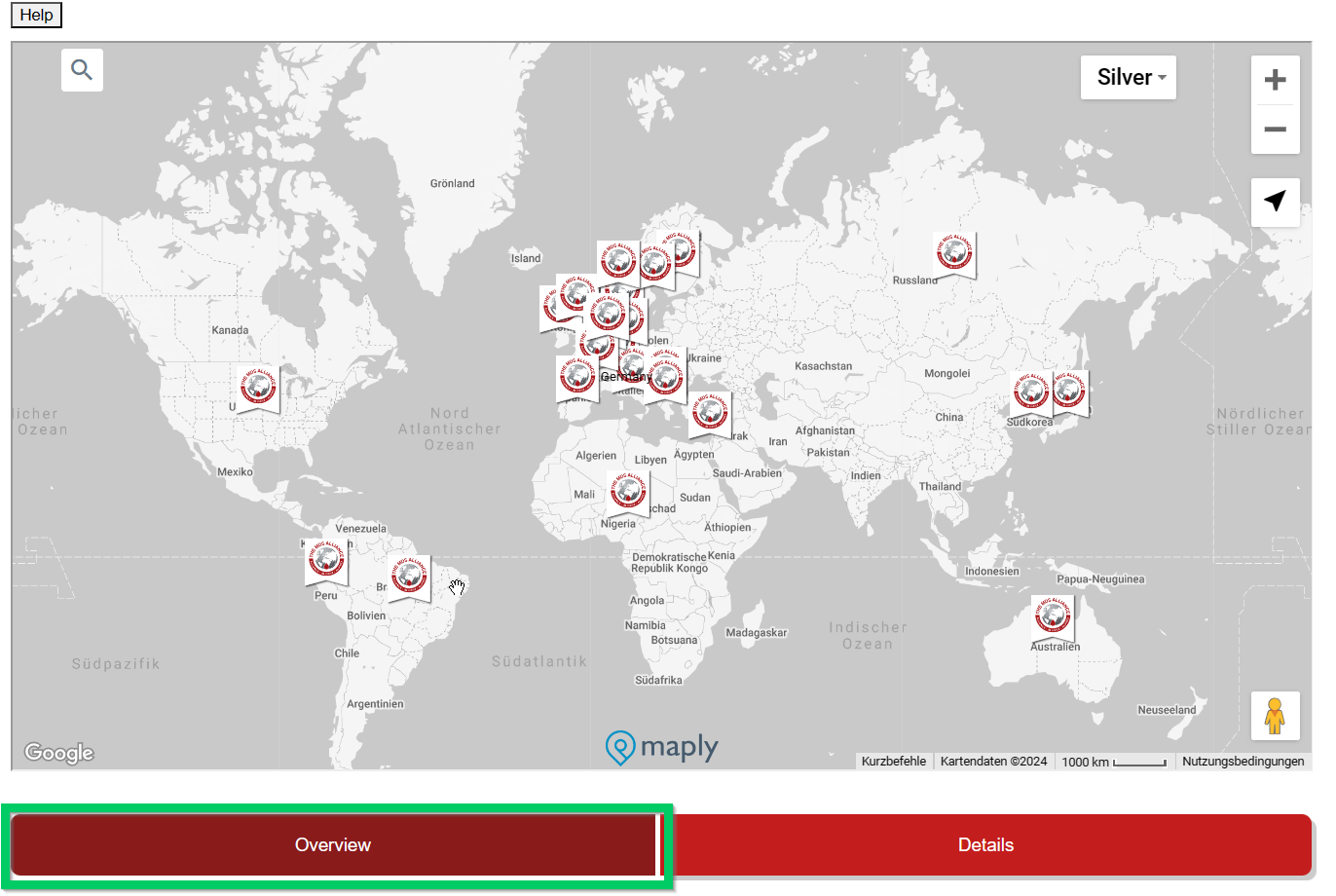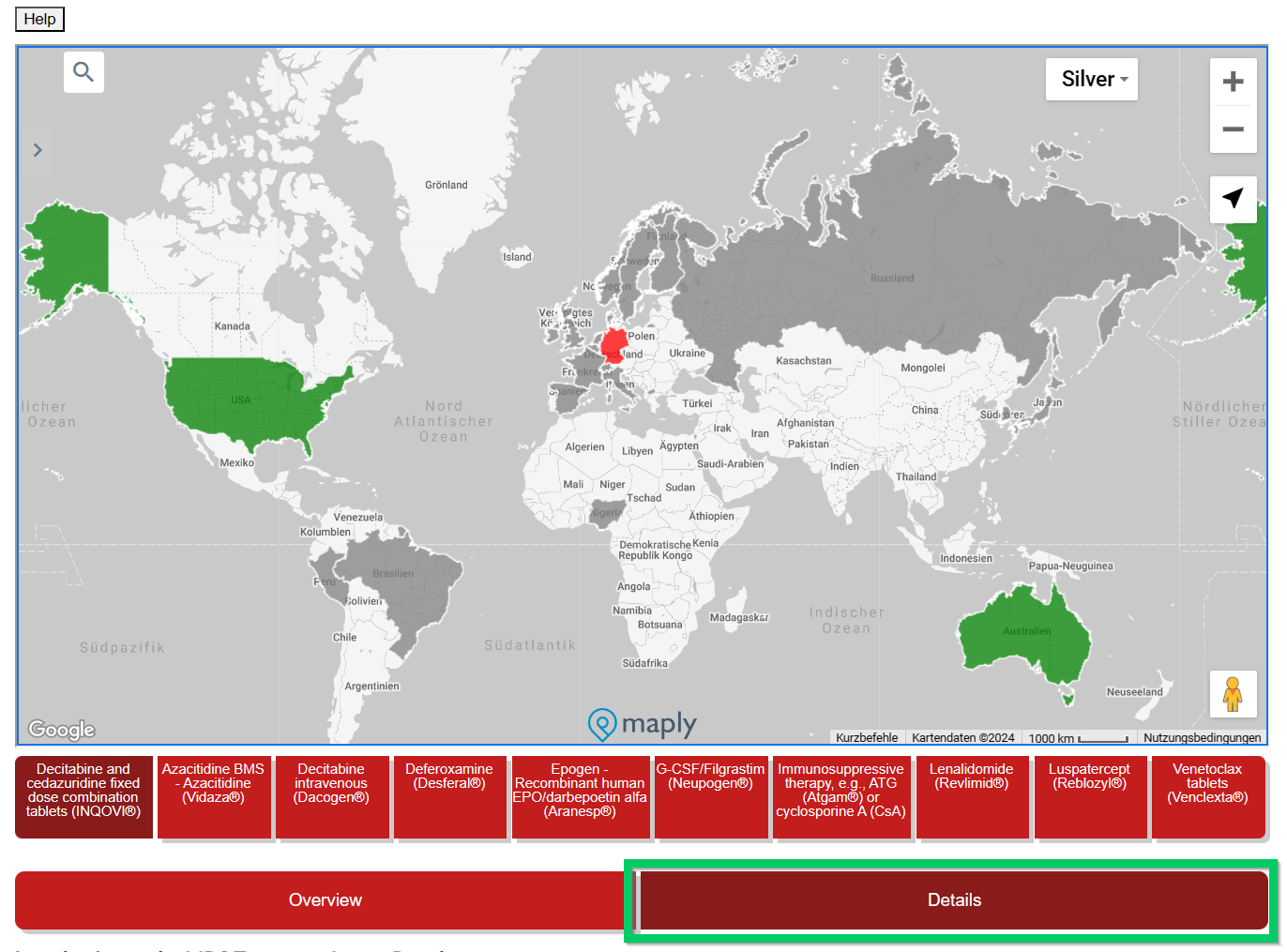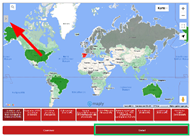In 2022, the classification of myelodysplastic syndromes/neoplasms (MDS) took a significant step forward with the introduction of two new systems: the International Consensus Classification (ICC) and the 2022 World Health Organization (WHO-2022) classification. These frameworks, though similar in some aspects, diverge notably in terminologies and the definition of new entities.
A recent research, published in the Blood Cancer Journal, found that both systems were effective in sorting out the different types of MDS. Notably, a peripheral blood blast percentage ≥ 5% emerged as a prognostic indicator for adverse survival outcomes.
Further analysis revealed that identifying MDS/acute myeloid leukaemia with MDS-related gene mutations or cytogenetic abnormalities aids in distinguishing survival outcomes. Moreover, the influence of bone marrow fibrosis on survival exhibited reduced significance within the ICC framework. The study also suggested that certain treatments, like allogeneic transplantation, could improve outcomes for patients diagnosed with MDS with excess blasts according to the ICC classification.
Overall, the research suggests combining elements from both classification systems to create a better way of diagnosing and treating MDS in the future. However, more studies are needed to confirm these findings and make sure they work for all patients.










 This overview is interactive and detailed information is displayed by moving the mouse. Under the country name there is a (pink) reference to the health insurance system (if known) in this country.
This overview is interactive and detailed information is displayed by moving the mouse. Under the country name there is a (pink) reference to the health insurance system (if known) in this country.

